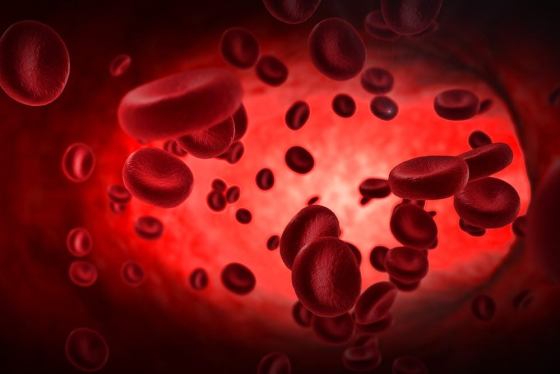EXCEPTS:
As far back as Alexander the Great’s campaigns, tourniquets were wartime staples, used to stanch the bleeding of wounded soldiers. But they became a last resort for both military and civilian emergency personnel after World War II, when medical experts blamed the prolonged cutoff of blood for frequent amputations. Transportation was so poor in those days that it took the wounded hours, if not days, to receive adequate medical attention — far too long for a tourniquet to remain in place. “The treatment was initially worse than the disease,” said Dr. Lenworth Jacobs, the head of the Hartford Consensus, a group of experts in emergency medicine who have studied how to respond more effectively to mass casualties.
“As we began to take a hard look at how to respond to these types of incidents, what became clear was that the sooner you can stop victims from bleeding, the higher likelihood you will have for reducing fatalities,” said John Cohen, a senior counterterrorism official at the Department of Homeland Security and a member of a committee appointed by President Obama to study gun violence after the mass shooting in Newtown, Conn. “And the things that make the biggest difference in stopping bleeding are tourniquets and other bandages.”
Modern tourniquets resemble a belt with a large clamp and a metallic rod, known as a windlass, used to tighten them around a wounded limb. Officers carry them on their belts or keep them in first-aid kits in their vehicles. For many, it all is something of a cultural change.
“Until recently, there was an anecdotal bias against using them in the pre-hospital phase of treatment, but it wasn’t based on any real studies,” said Dr. William Fabbri, the head of the F.B.I.’s emergency medical support program. Charles H. Ramsey, the police commissioner in Philadelphia, said that when he started in law enforcement, “we had directives that said not to move a victim when you found them at a scene, and wait for rescue personnel.” “It always took time for them to get there, and a person lost a tremendous amount of blood,” Commissioner Ramsey continued. “And we were being told you couldn’t use a tourniquet or do anything.”
Although the expanded use of tourniquets has encouraged some medical experts, they believe more needs to be done.
By MICHAEL S. SCHMIDTJAN
Nytimes.
ABUJA: Training Schedule for Basic Life Support BLS, Pediatric Advanced Life Support (PALS), Advanced Cardiovascular Life Support ACLS, First Aid, CPR, AED
PORTHARCOURT: Training Schedule for Basic Life Support BLS, Pediatric Advanced Life Support (PALS), Advanced Cardiovascular Life Support ACLS, First Aid, CPR, AED
LAGOS: Training Schedule for Basic Life Support BLS, Pediatric Advanced Life Support (PALS), Advanced Cardiovascular Life Support ACLS, First Aid, CPR, AED





